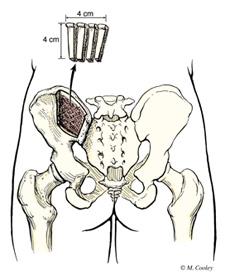Non-Union Management
Understanding Post-Traumatic Malunion and Nonunion
Definitions and Prevalence:
- Malunion: This occurs when bones heal in an incorrect alignment after a fracture, leading to deformity and potential disability.
- Nonunion: This is the failure of bone ends to heal properly after a fracture, which can be significantly debilitating.
- Delayed Union: This refers to a situation where the fracture healing process takes longer than usual.

Causes:
- Malunion: May result from inadequate alignment during conservative treatment or after surgery.
- Nonunion: Can be caused by several factors, including insufficient fixation, poor bone health (such as osteoporosis), infections, or severe trauma impacting the blood supply to the bone. Lifestyle factors like smoking and poor nutrition also increase the risk.
- In Children: Nonunions are rare but can occur, particularly in areas like the elbow or hip. Though children’s bones typically heal quickly, improper management can lead to malunions.
Prognosis:
- In Children: Bone remodeling as they grow can sometimes naturally correct malunions, especially if close to a joint. However, injuries affecting the growth plates might result in persistent deformities and limb shortening.
- In Adults: Malunions often lead to permanent deformities that do not correct naturally.
Diagnosis:
- Malunion, Nonunion, and Delayed Union: Diagnosed primarily through X-rays and clinical examination. Advanced imaging techniques, such as CT scans and MRIs, may be necessary for detailed assessment.
Prevention and Treatment:
- Prevention: Proper initial management of fractures is crucial, as is addressing underlying factors like vitamin D deficiency or osteoporosis.
- Treatment Strategies:
- Nonunion: Treatment depends on the underlying cause and may involve revision surgery to stabilize the bone, potentially using techniques like bone grafting or modern fixation methods (e.g., plating, nailing, or the Ilizarov method).
- Malunion: Correction generally requires surgery to realign the bone, followed by fixation with wires, plates, nails, or external fixators.
Addressing these conditions effectively involves a combination of accurate diagnosis, proper initial treatment, and, if necessary, targeted surgical interventions.

